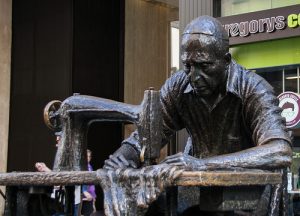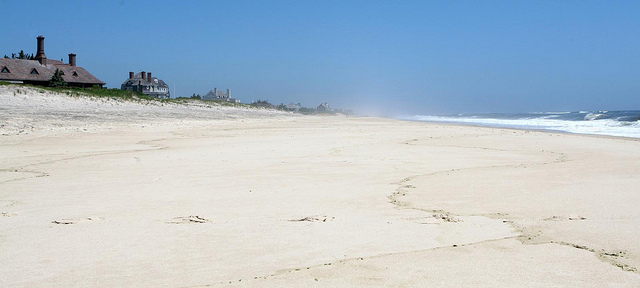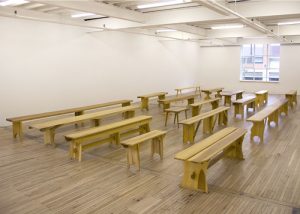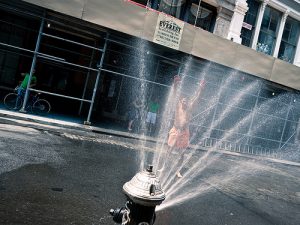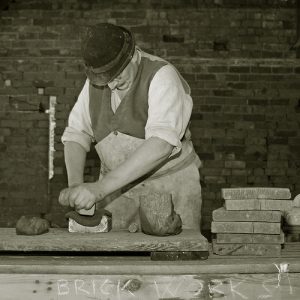Usually I spend Sunday mornings at my desk, trying to come out from under and prepare for the week that lies ahead. But not this Sunday. This one I spent in the company of the congregants of Anshe Chesed of the Upper West Side as well as that of its rabbi, Jeremy Kalmanofsky; John Podhoretz, editor of Commentary; and John Ruskay, executive vice-president of UJA-Federation of New York, as we took the measure of the fabled Manhattan neighborhood we all call home.
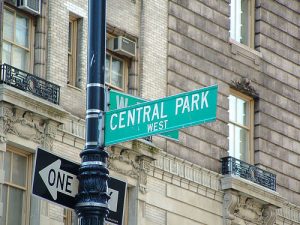
What struck me most as I listened to both colleagues and congregants was the degree to which history -- the ebb and flow of change -- was experienced in entirely personal terms. Grand, sweeping theories about urbanism, critical density or migration paled in comparison with those that placed a premium on the individual and her storehouse of memories.
The eagerness with which stories about growing up on the Upper West Side tumbled forth from the audience was particularly noteworthy. Virtually everyone had something to say -- and couldn’t wait to say it -- offering up both an “observation and a comment” on which kosher butcher on West 100th Street was superior to the other, or on the German refugees who staffed the lingerie counter at the Town Shop, or the frequency of après-school muggings in the dark days of the 1970s or the merits of an eight room apartment on West End Avenue.
As I took in and accumulated one detail after another, I was put in mind of S. An-ski, whose fabled “ethnographic” exhibition to the Russian hinterland in the years prior to World War I yielded a treasure trove of information about Jewish life in that part of the world. How, I wondered, did he and his fellow researchers manage to absorb it all and to come away with a clear-eyed perspective without getting lost in the labyrinth of personal memory?
What also came to mind was the celebrated study of East European Jewish life conducted in the late 1940s at Columbia University by Ruth Benedict, Margaret Mead and their team of anthropologists. Drawing unstintingly on oral history interviews, on a series of individual exchanges, to get at the shape and texture of a world that was no more, the project was published in 1952 as Life is with People and would go on to influence the creators of Fiddler on the Roof.
After this morning’s exchange, I’m left even more puzzled by the relationship between memory and history. At what point does the warm glow of reminiscence give way to the harsher glare of scholarship and the idiosyncratic submit to the collective?


